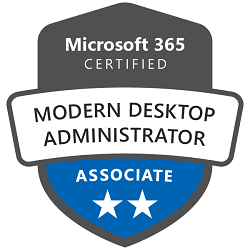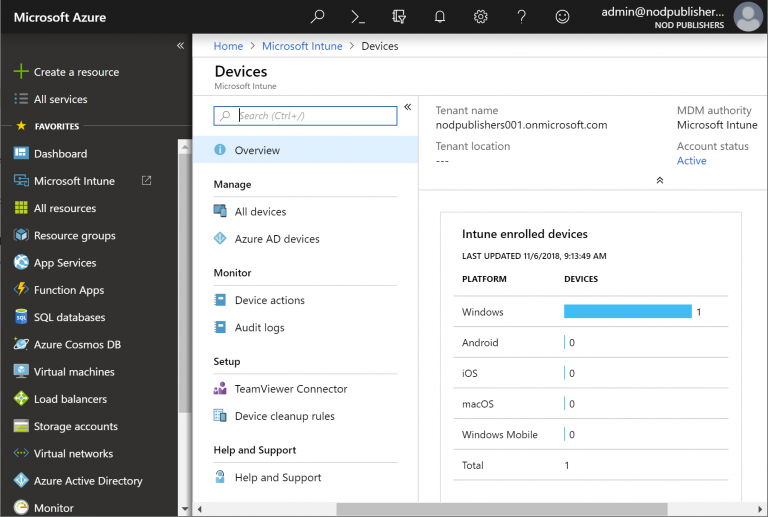Microsoft 365 Endpoint Administrator MD-102

The Microsoft 365 Endpoint Administrator MD-102 course is a program designed to provide participants with the skills needed to plan and execute endpoint deployment strategies in an enterprise environment. The course covers a wide range of topics, including modern endpoint management, Microsoft Intune integration, and application deployment techniques. Participants will also learn how to implement advanced security measures using technologies such as Azure Active Directory, Azure Information Protection, and Microsoft Defender for Endpoint. This course is especially useful for IT professionals who are already familiar with Microsoft 365 workloads and have experience managing Windows and non-Windows devices. The course helps prepare for the Microsoft 365 Certified Endpoint Administrator Associate Certification exam .
Course Objectives
Below is a summary of the main objectives of the Microsoft 365 Endpoint Administrator MD-102 Course :
- Windows client preparation and implementation.
- Identity and compliance management.
- Device maintenance and protection.
- Device lifecycle management in Intune.
- Deploying and updating applications.
- Monitoring device compliance.
- Securing data access.
- Troubleshooting device and policy issues.
Course Certification
This course helps you prepare to take the:
EMD-102 Endpoint Administrator Exam;
Course Outline
Prepare for a Windows client deployment
- Select a deployment tool based on requirements
- Choose between migrate and rebuild
- Choose an imaging and/or provisioning strategy
- Select a Windows edition based on requirements
- Implement subscription-based activation
- Deploy Windows 365
Plan and implement a Windows client deployment by using Windows Autopilot
- Configure device registration for Autopilot
- Create, validate, and assign deployment profiles
- Set up the Enrollment Status Page (ESP)
- Deploy Windows devices by using Autopilot
- Troubleshoot an Autopilot deployment
Plan and implement a Windows client deployment by using the Microsoft Deployment Toolkit (MDT)
- Plan and implement an MDT deployment infrastructure
- Create, manage, and deploy images
- Monitor and troubleshoot a deployment
- Plan and configure user state migration
Configure remote management
- Configure Remote Help in Intune
- Configure Remote Desktop on a Windows client
- Configure the Windows Admin Center
- Configure PowerShell remoting and Windows Remote Management (WinRM)
Manage identity
- Implement user authentication on Windows devices, including Windows Hello for Business, passwordless, and tokens
- Manage role-based access control (RBAC) for Intune
- Register devices in and join devices to Microsoft Entra ID
- Implement the Intune Connector for Active Directory
- Manage the membership of local groups on Windows devices
- Implement and manage Local Administrative Passwords Solution (LAPS) for Microsoft Entra ID
Implement compliance policies for all supported device platforms by using Intune
- Specify compliance policies to meet requirements
- Implement compliance policies
- Implement Conditional Access policies that require a compliance status
- Manage notifications for compliance policies
- Monitor device compliance
- Troubleshoot compliance policies
Manage the device lifecycle in Intune
- Configure enrollment settings
- Configure automatic and bulk enrollment, including Windows, Apple, and Android
- Configure policy sets
- Restart, retire, or wipe devices
Manage device configuration for all supported device platforms by using Intune
- Specify configuration profiles to meet requirements
- Implement configuration profiles
- Monitor and troubleshoot configuration profiles
- Configure and implement Windows kiosk mode
- Configure and implement profiles on Android devices, including fully managed, dedicated, corporate owned, and work profile
- Plan and implement Microsoft Tunnel for Intune
Monitor devices
- Monitor devices by using Intune
- Monitor devices by using Azure Monitor
- Analyze and respond to issues identified in Endpoint analytics and Adoption Score
Manage device updates for all supported device platforms by using Intune
- Plan for device updates
- Create and manage update policies by using Intune
- Manage Android updates by using configuration profiles
- Monitor updates
- Troubleshoot updates in Intune
- Configure Windows client delivery optimization by using Intune
- Create and manage update rings by using Intune
Implement endpoint protection for all supported device platforms
- Implement and manage security baselines in Intune
- Create and manage configuration policies for Endpoint security including antivirus, encryption, firewall, endpoint detection and response (EDR), and attack surface reduction (ASR)
- Onboard devices to Microsoft Defender for Endpoint
- Implement automated response capabilities in Microsoft Defender for Endpoint
- Review and respond to device issues identified in the Microsoft Defender Vulnerability Management dashboard
Deploy and update apps for all supported device platforms
- Deploy apps by using Intune
- Configure Microsoft 365 Apps deployment by using the Microsoft Office Deployment Tool or Office Customization Tool (OCT)
- Manage Microsoft 365 Apps by using the Microsoft 365 Apps admin center
- Deploy Microsoft 365 Apps by using Intune
- Configure policies for Office apps by using Group Policy or Intune
- Deploy apps from platform-specific app stores by using Intune
Plan and implement app protection and app configuration policies
- Plan and implement app protection policies for iOS and Android
- Manage app protection policies
- Implement Conditional Access policies for app protection policies
- Plan and implement app configuration policies for managed apps and managed devices
- Manage app configuration policies
Course Mode
Instructor-Led Remote Live Classroom Training;
Trainers
Trainers are authorized Instructors in Microsoft and certified in other IT technologies, with years of hands-on experience in the industry and in Training.
Lab Topology
For all types of delivery, the participant can access the equipment and actual systems in our laboratories or directly in international data centers remotely, 24/7. Each participant has access to implement various configurations, Thus immediately applying the theory learned. Below are some scenarios drawn from laboratory activities.

Course Details
Course Prerequisites
- Participation in the Microsoft 365 Fundamentals Course is recommended.
Course Duration
Intensive duration 5 days;
Course Frequency
Course Duration: 5 days (9.00 to 17.00) - Ask for other types of attendance.
Course Date
- Microsoft 365 Endpoint Administrator Course (Intensive Formula) – On request – 09:00 – 17:00
Steps to Enroll
Registration takes place by asking to be contacted from the following link, or by contacting the office at the international number +355 45 301 313 or by sending a request to the email info@hadartraining.com


